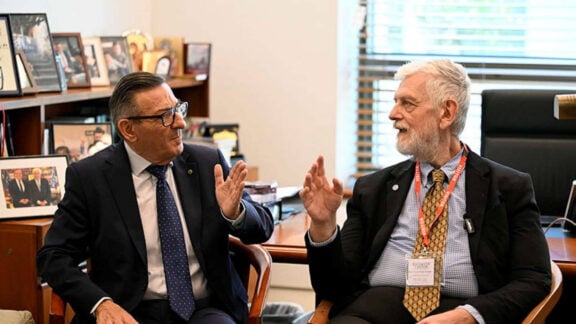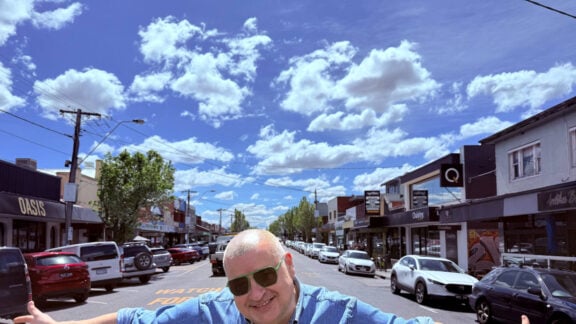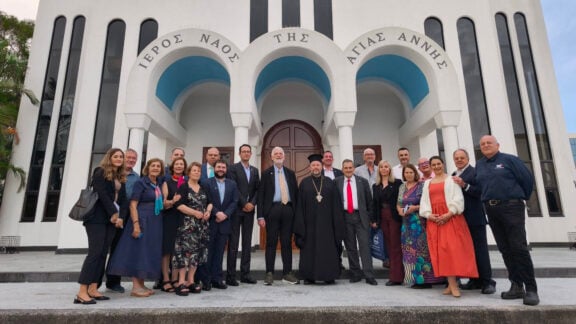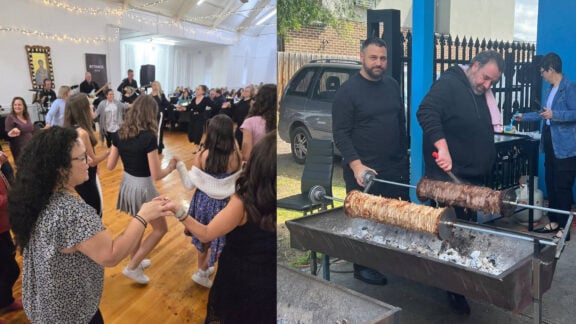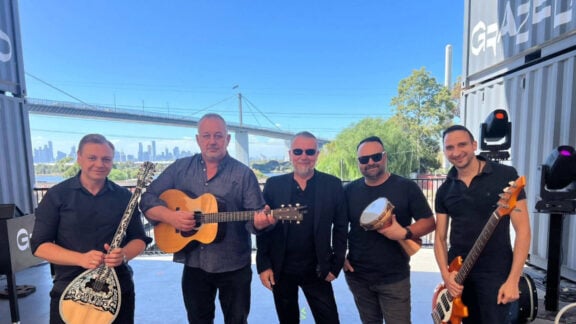How useful are bureaucratic labels often used by government bureaucracies to define cultural identity in Australia? Particularly, as 40 percent of the Australian population does not have an Anglo-Celtic ancestry.
Culturally and Linguistically Diverse (CALD), Non-English-Speaking-Background (NESB), and People of Colour (POC) come up short in expressing the complexity of class, culture, faith, and history.
The Scanlon Institute’s essay, ‘Why call me that? Reflections on labels in a diverse Australia,’ unpacks some of that discussion.
The author, Trish Prentice, asked Australians of non-Anglo cultural backgrounds how they “brand” themselves. She said labels have “some utility in purpose,” but asked if these labels “still serve the purpose for which they were intended.”
Prentice writes: ‘…labels can help to render a complex reality in simpler terms, enabling us to go beyond our cognitive ‘limits.’ This is both the strength and weakness of labels. Every time we use one, we are simplifying and reducing the richness of what we’re labelling.’

History of labels
When our grandparents and parents arrived here from Greece after World War II, the term ‘New Australians’ was a tilt towards desired assimilation in a culturally British Australia. Yet, in the 1970s, Greeks and Italians had not ‘assimilated;’ and maintained their language and culture. Migration status became the new label, as we signified who was a first- or second-generation migrant.
In the 1980s, language or English, and one’s proximity to it, became the new category, and Non-English-Speaking-Background (NESB) was born as a clumsy new label.
“We introduced those terms when Australia’s population demographics were different. Our migration intake was very different, and so they have a particular purpose in the post-war years,” Prentice told Neos Kosmos.
By the 1990s, English-speakers from Asia and Africa, places like Singapore, India, Pakistan, Sri Lanka, and Kenya began to enter and NESB lost its relevance to them.

Religion, once a fading social lightning rod after the Protestant vs Catholic divides in Australia, once again gained significance as a label. With new entrants identifying with their faith, as strongly as their cultural and linguistic backgrounds, it has become an increasingly vital aspect of their identity.
By the 2000s ‘multi-faith’ took equal footing to multiculturalism in policy and government narratives. And by the mid-2000s, the 1970s, and largely forgotten term, People of Colour (POC), from the U.S., was re-introduced in the Anglosphere’s cultural narrative.
Things became more complex, as Southern Europeans – Greeks, Italians, Maltese – who were not considered ‘white’ up until the 1970s, and had suffered racism, did not want to be seen as part of the colonial British enterprise.
Prentice recognises all the complexities but said she asked people to reflect “on their personal identity, their cultural identity, and their racial identity, and how they choose to define or describe themselves.”
“Some of the interviewees in the essay thought about that term [POC], not everybody, but some had, and some had decided it was good initially but failed later to reveal the complexity of their cultural identity.”
“And there were various personal reasons for that for them; it was this journey of deciding how they were going to define themselves and describe themselves.” She added that she and the respondents “were working through that process; we looked at different labels and discussed the shortcomings.”
In the essay, Wintana Kidane, Eastern Orthodox from Tigray, and Rahel Davies, of Ethiopian background, often use POC to describe themselves to a larger public. However, someone of Ethiopian heritage may share more commonalities with a Greek of the same faith and similar ancient histories, than someone from Southwestern Africa, regardless of colour.
Wintana talks about ‘solidarity within a community of different races and ethnicities,’ and when she thinks more deeply about her identity, she found ‘the label didn’t sit comfortably’ with her.
In Prentice’s essay Greek Australian Vicky Arachi describes herself as ‘a first-generation Greek migrant,’ yet the term ‘migrant’ she says and our understanding of who is a migrant, is dated.
‘It is very much stuck on the profile of a migrant after the Second World War. It’s kind of a deficient term— like ‘you’re a migrant and you’re in need.’
Class, not just culture
Prentice knows labels are broad and hide differences such as class and education.
“You’re putting in people who, for example, have come from a refugee camp in Kenya, from a very distressing and underprivileged background with somebody who’s come from Asia, and he’s migrated here for business purposes and living in a wealthy area city and send their children to private schools. Both are culturally diverse and linguistically diverse, but what do they have in common?
The person who of Chinese background and lives in Balwyn, and who mixes with other people in the area, is not that person who is coming from Somalia or Sudan,” Prentice said.
An educated middle-class Ethiopian Australian may occupy a different social space than a South Sudanese Australian, even though they both have felt the pangs of racism. Prentice says labels can help when trying to determine policies for welfare and education programs, or collating statistics for the ABS Census.
Her essay highlights how in Australia one cannot add the many cultures that they represent when they come from culturally mixed backgrounds and families.
Prentice said that labels cannot satisfy the cultural and demographic complexities that form the base of communities and individuals. First Nations Australians who face unique challenges can have those differences glossed over when the term Black, Indigenous, and People of Colour (BIPOC) is used.
An Indian IT specialist in Broadmeadows with aspirations for their family may not share the same social conditions or relationship to Australia as a First Nations person, despite experiencing racism, or having similar extended family structures.
Timely conversations
Prentice recognises the challenge of labelling and said that “the most important point” she wanted to make was “open the discussion.”
“It’s worth the discussion – whether what we are currently doing is working, and whether we need to revise it. The most important part of that discussion is to invite people who fall into these labels currently to be a part of that discussion, and that’s something that I think has been missing so far,” Prentice told Neos Kosmos.
Trish Prentice is a researcher with experience in Australia and overseas, including Cairo and Geneva. She holds degrees in Education and Law.

